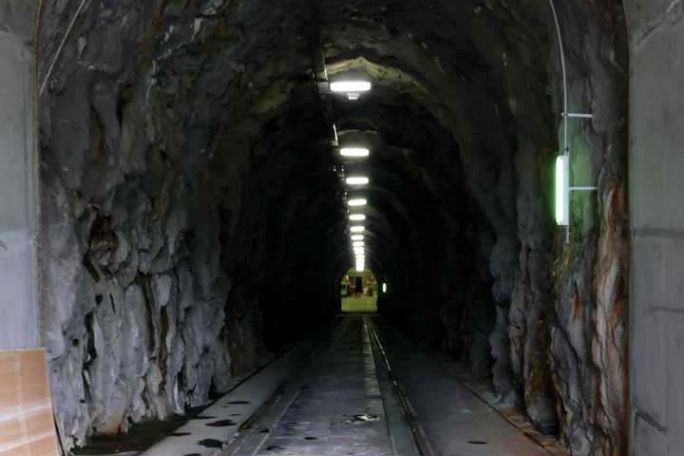Lesson summary
Students will complete a NAPLAN-style test practice paper. The topic of the text set for study is Hydro Tasmania’s Sustainability Code. Students will identify the key facts in the article about Hydro Tasmania’s operations and infer meaning from their
Learning goals:
- This lesson is designed to provide valuable practice for NAPLAN*, the national literacy test held in Years 7 and 9. It features reading and visual texts with comprehension and language questions that require students to find facts, interpret meaning and apply text-processing strategies.
Lesson guides and printables
Lesson details
Curriculum mapping
Australian Curriculum content descriptions:
Year 9 English:
- Understand that authors innovate with text structures and language for specific purposes and effects (ACELA1553).
- Identify how vocabulary choices contribute to specificity, abstraction and stylistic effectiveness (ACELA1561).
- Interpret, analyse and evaluate how different perspectives of issue, event, situation, individuals or groups are constructed to serve specific purposes in texts (ACELY1742).
Syllabus Outcomes: EN5-1A, EN5-2A.
Time required: 60 mins.
Level of teacher scaffolding: Medium – oversee activity.
Resources required
- One double-sided printed copy of the NAPLAN-style Practice Test for each student
- One double-sided printed copy of Hydro Tasmania Sustainability Code 2013 for each student.
Additional Info
This lesson has been developed in partnership with
Hydro Tasmania.
Hydro Tasmania has been at the forefront of clean energy innovation for one hundred years. It is Australia’s largest producer of clean energy – generating hydro and wind power – and the largest water manager. Hydro Tasmania has 55 major dams, operates 30 hydropower stations and has built some of Australia’s largest wind farms.
Hydro Tasmania also sells energy in the National Electricity Market through its retail business Momentum Energy, and sells its expertise internationally through its consulting business Entura.
Visit the Hydro Tasmania website to learn how the business is working towards Australia’s clean energy future.


Welcome back!
Don't have an account yet?
Log in with:
By signing up to Cool.org you consent and agree to Cool's privacy policy to
store, manage and process your personal information. To read more, please see
our privacy policy here(Opens in new tab).
Create your free Cool.org account.
Many of our resources are free, with an option to upgrade to Cool+ for premium content.
Already have an account?
Sign up with:
By signing up to Cool.org you consent and agree to Cool's privacy policy to
store, manage and process your personal information. To read more, please see
our privacy policy here(Opens in new tab).